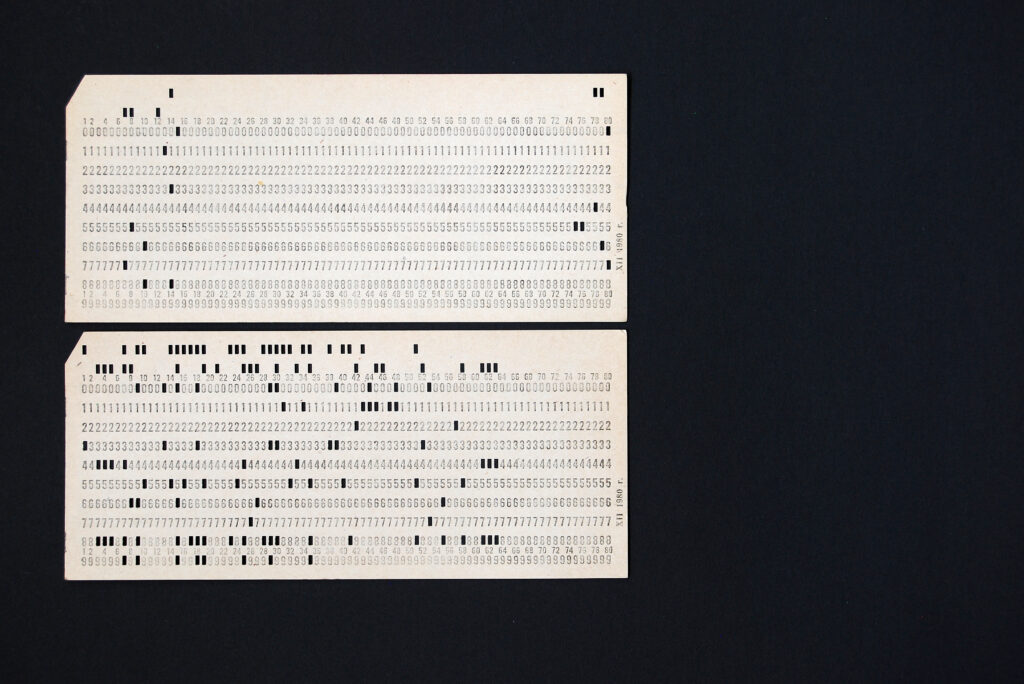On July 7, 1752, Joseph-Marie Jacquard, a French inventor, was born. Jacquard’s contribution to the history of computers can be traced back to his invention of the Jacquard loom. The Jacquard loom revolutionized the textile industry by introducing the use of punched cards as a means to provide instructions to the machine. These punched cards controlled the weaving process, allowing intricate patterns to be woven into rugs and linens with precision and efficiency. Jacquard’s innovative use of punched cards laid the foundation for the future development of computer programming.
Building upon Jacquard’s pioneering work, Herman Hollerith recognized the potential of the punch-card technique and its applicability to computational tasks. In the early 20th century, Hollerith utilized punched cards for his machines, which were specifically designed to calculate the United States census. By employing punched cards as a means of data input, Hollerith’s machines were able to process large amounts of information quickly and accurately. This marked a significant milestone in the history of computers, as punch cards remained a prevalent method of programming for several decades thereafter, shaping the early stages of computing technology.
Fast-forwarding to the later part of the 20th century, the IBM 1401 machine emerged as a notable example of how punch-card technology continued to be relevant. Introduced in 1959, the IBM 1401 was priced to appeal to ordinary businesses that sought more efficient finance and accounting systems. It served as a replacement for electromechanical machines that used levers and knobs for programming operations. The IBM 1401 relied on punched cards as its primary input method, enabling businesses to process and manage data with greater speed and accuracy. The widespread use of the IBM 1401 and its reliance on punch-card technology further solidified the historical significance of punched cards in the early stages of computing development.
These visionaries paved the way for the evolution of programming methods, demonstrating the lasting impact of punched cards throughout the history of computing. Their contributions form a remarkable thread that highlights the enduring influence of historical innovations on the advancement of computer technology.






